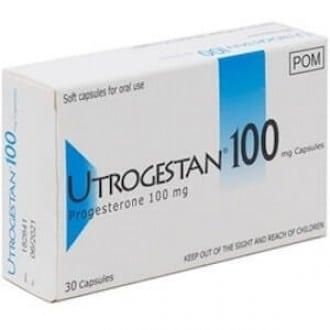All women who still have their uterus (womb), or women who have had a hysterectomy but have a background diagnosis of endometriosis, require progesterone as part of their HRT.
As part of HRT, progesterone is responsible for regulating the lining of the womb, preventing overgrowth and the development of irregular cells. Provided progesterone is prescribed appropriately there is no increase in risk of this when taking HRT. Some women also notice that progesterone may have a calming effect.
There are many options for progesterone provision as part of HRT. These include body identical micronised progesterone and a larger group of synthetic types of progestogen. There are benefits and side effects associated with all types, and tailoring both the dose and type of progesterone is an important part of prescribing HRT.

Progesterone is usually dosed as a continuous regime, normally to women who have stopped their periods for more than a year or those who have been on HRT for at least a year. It is used in a low dose taken on a daily basis leading to a bleed-free regime.
Alternatively, women who are within a year of their last period or still having regular periods usually require a sequential regime, meaning a higher dose for a shorter period of time, taken only for part of the month. This creates an artificial withdrawal bleed in women who are in the perimenopause.
The Mirena Coil (a progestogen releasing intrauterine system) is an excellent way of providing progesterone cover that also provides contraception and bleeding control. Once in place, it can be left in place for 5 years proving protection of the endometrium (lining of the womb).
